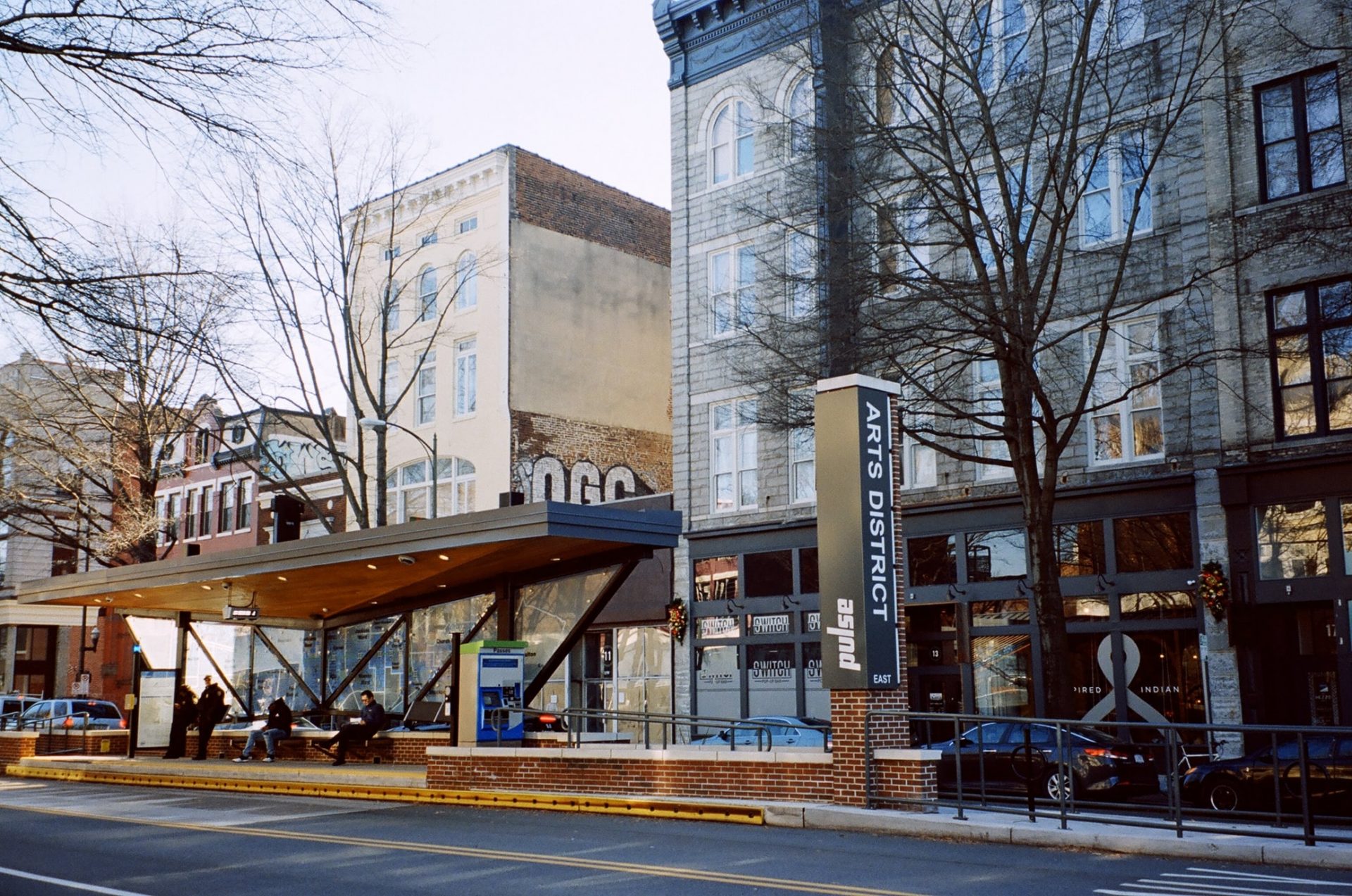“To bring about change, you must not be afraid to take the first step. We will fail when we fail to try”. – Rosa Parks
For the past four years, February 4th. has been set as a National Day of Action known as Transit Equity Day to commemorate the life and legacy of Rosa Parks. The actions and legacy of Ms. Parks in 1955 are inherently linked to the concept of transportation equity for all—a concept we continue to strive for every day.
Throughout our history, vulnerable communities have faced barriers to reliable public transportation. A lack of transportation options has choices contributed to glaring health disparities between the well off and those not so well off, between white people and people of color, between those with aging or restricted abilities and those with full physical capacities.
Over the past two years, major disruptions in transit service during the COVID pandemic further have highlighted—and exacerbated—the inequities that still exist in transportation options in communities across the U.S. The pandemic left many vulnerable workers, students, disabled people, and elderly residents stranded and feeling especially isolated. How do we create more equitable transportation services? What is the path must we walk to get a more inclusive mobile society?
Transportation policy has implications on health, environmental, food, employment, and metropolitan development policies, each of which bears on health independently and in concert with the others. Long-standing transportation policies have often been in conflict with serious health, environmental, and economic needs of the country, and they have harmed low-income, aging, rural and communities of color especially. To overcome these disparities, transportation policies must promote healthy, accessible, affordable, and safe ways of getting where we need to go. They must go hand-in-hand with equitable, sustainable planning and community economic development. There must be an understanding of the needs, especially the needs of our disadvantaged populations. Transportation policy should provide basic mobility for all in our communities. It is also essential urban infrastructure–just like roads, bridges, tunnels, and utilities–that is crucial to the economic, social and environmental well-being of all our regions.
So on this day, let’s not be afraid to take another step, let’s not fail by not trying. Let’s not give up our seat on the bus. Instead, let’s continue to work on improving policy and continue to try to improve the lives of all. In honor of Rosa Parks, I am sharing the Principals of Transit Equity Day.
Everyone has a right to a public mass transit system that includes:
- Safe, reliable, environmentally sustainable, and affordable transit that is accessible to all, regardless of income, national origin, race, gender identity, sexual orientation, age, religion, or ability.
- An affordable public transit system that reliably connects people in all communities to the places we need to travel: home, work, school, places of worship, shopping, health, and recreation, in as efficient, and timely a manner as possible. We must ensure that all communities have access to transit, and not leave any community behind. Regional transportation plans must include public transit in rural, less densely populated communities as well, accounting for the special challenges they may present.
- Living wages, benefits, safe working conditions, and union rights for transit workers, including those who manufacture transit equipment, and access to family-sustaining transit jobs and training opportunities for people from underserved communities.
- A just transition for workers and communities who are dependent on our current automobile and highway-centered transportation system, to ensure that no one is left behind as we transition to a more public, accessible, and cleaner transit-based system.
- Rapid transition of our transit and school bus systems to electric, non-polluting buses powered by electricity from renewables.
- Safe, healthy, and livable neighborhoods that are connected by public transportation and by bicycle pathways and sidewalks, and that are planned to expand safe access to transit and reduce single occupancy vehicle miles traveled.
- Dedicated and sustainable public funding for public transit.


